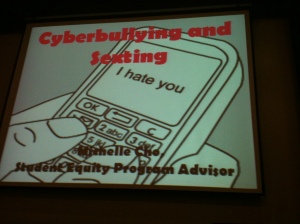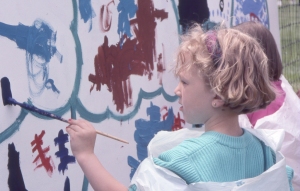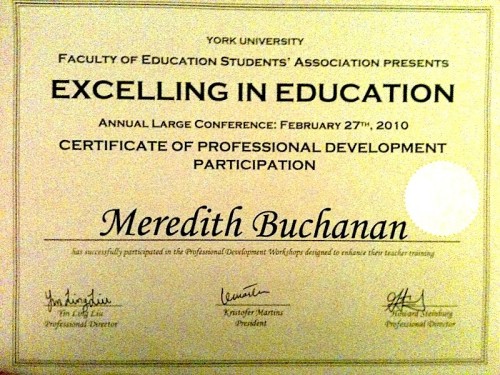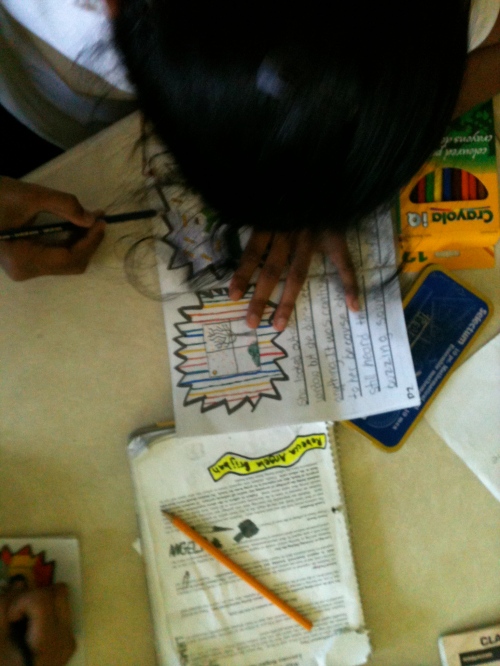 My grade six class is in the middle of a unit on Speeches. I decided to adopt the “Ignite” format and modify it to work for our class. Ignite’s slogan is “Enlighten us, but make it quick.” In a typical Ignite talk, the speaker would have exactly 5 minutes to speak, and 20 slides that automatically advance every 15 seconds. You can check it out at http://igniteshow.com/.
My grade six class is in the middle of a unit on Speeches. I decided to adopt the “Ignite” format and modify it to work for our class. Ignite’s slogan is “Enlighten us, but make it quick.” In a typical Ignite talk, the speaker would have exactly 5 minutes to speak, and 20 slides that automatically advance every 15 seconds. You can check it out at http://igniteshow.com/.
For our purposes, students will have exactly 2 minutes, and 10 slides that automatically advance every 12 seconds. The task of finding images that support your message, combined with the challenge of speaking within the correct time frame, has my class of grade six students really engaged in the work. The students were able to choose whatever topic interested them most and whether they were going to take a persuasive or informative approach. Some examples of speech topics they chose are Rosa Parks, Why You Shouldn’t Eat So Much Chocolate, Bow Wow, Somalia: Don’t Judge a Book by its Covor, and What is in Medicine? I chose to model this format for my students using a speech I wrote on Helen Keller. Click on the video to view it yourself!










